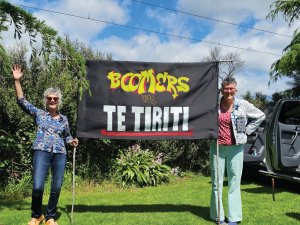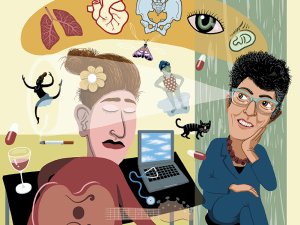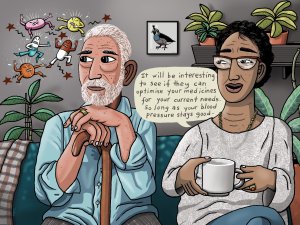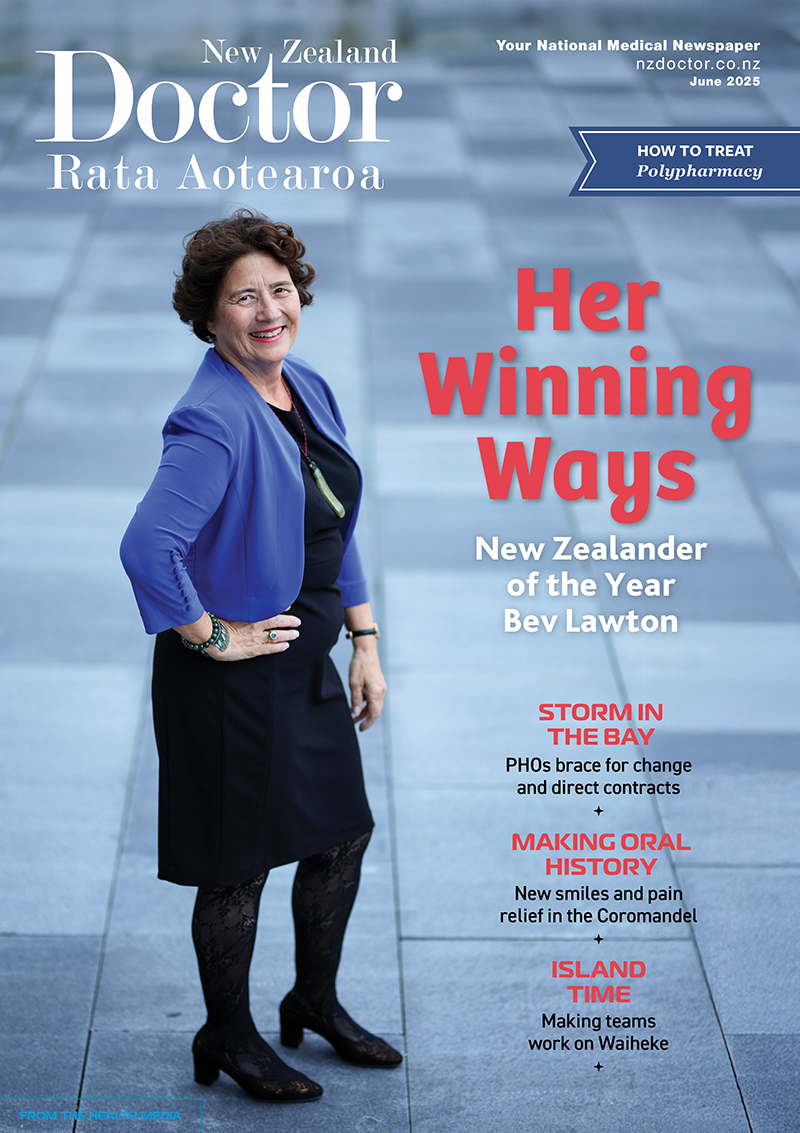For older people and frail people, the long-term benefit of medicines reduces and the potential for harm from adverse effects increases. When the benefit–risk balance changes in this way, medicine review and optimisation are important to simplify the therapeutic regimen, reduce inappropriate medicines and minimise risks. In this article, pharmacist prescriber Linda Bryant uses two case studies to illustrate important considerations during medicine reviews
Fa’afetai lava Tamā Pesetā: Leaving legacy of family and friendship
Fa’afetai lava Tamā Pesetā: Leaving legacy of family and friendship
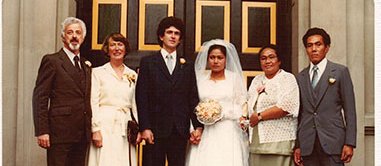
At the funeral of 94-year-old Sāmoan ali’i matai Pesetā Misipati Iosefa, Lucy O’Hagan reflects on the intertwining stories of two families – one Irish-Catholic, one Sāmoan – and the enduring friendship, faith and love that bind them across generations
They came from such different cultures and ways of being, but we were welcomed into the Sāmoan world and, in turn, could show the Iosefa family the strange ways of the Pālagi
I want to tell you a story about a man and two families, Iosefa and O’Hagan.
Yesterday, I went to the funeral of a 94-year-old Sāmoan ali’i matai, Pesetā Misipati Iosefa, or to his fānau, simply Tamā. Pesetā is the father of my lovely sister-in-law, Asimanogi Iosefa O’Hagan, whom we call Asi. It was a six-hour funeral, including a post-burial feast and the exchange of fine mats, tinned corned beef, boxes of frozen Tegel chicken and bulging envelopes.
Tamā Pesetā was a lay preacher who lived a life of faith in God, a prayer warrior full of warmth, kindness and love. Even when I met Pesetā 45 years ago, his English was hesitant, but in the past 10 years, he mainly spoke Sāmoan, weaving into his words verses from the Bible in English.
Yesterday, in the beautiful St Paul’s Trinity Pacific Presbyterian Church in Christchurch, we heard about Pesetā’s gafa or whakapapa. In the 1850s, two of his ancestors helped translate the Bible into Sāmoan and then followed many generations of faifeau/ministers.
I am remembering my own Irish-Catholic O’Hagan ancestors, who, in the 1850s, were half a planet away, escaping the potato famine. They got as far as Glasgow, where there was work in the coal mines.
Pesetā was born in Sāmoa in 1930, although his passport always said 1932. We heard that his family moved to Tuvalu in 1933, where his father was a missionary on the tiny atoll of Nanumea. We saw sepia photos of an idyllic village with a beautiful, ornate and very large church. Funds had been raised by sending the young men to work in the phosphate mines in Nauru and Banaba.
My father, John, was born in Wellington in 1931, the youngest of six. The O’Hagans had left Glasgow in 1926, travelling to a better life in New Zealand aboard the ship S.S. Pākehā. (It gets worse; it was later renamed the Empire Pākehā.)
World War II brought the Americans to Tuvalu. They mowed a line through the plantation in Nanumea to build an airstrip. Ten-year-old Pesetā and his friends climbed high up coconut trees to watch the Japanese bomb the American base.
During the war, my father was a small boy in Kilbirnie, probably an altar boy at the local parish and perhaps climbing the odd English oak tree. My grandfather, Patrick O’Hagan, was quietly pacifist. He had a good job as an electrician but sadly died of an asbestos-related cancer when my dad was 11. Luckily, there was a widow’s benefit.
Yesterday, we heard the love story of the young Pesetā and Utuvailagi Tuamasaga Ale. However, in the 1950s, it was forbidden for the high chief’s daughter to wed the minister’s son. There was a baby, an elopement, hiding out on a remote plantation, a secret marriage, a twin lost in a cyclone and, some years later, a fa’aleleiga/reconciliation between the aiga.
My father spent the 1950s surpassing the aspirations of his immigrant family. He was the first person in his family to attend university. When he graduated as a doctor in 1955, he joined the affluent professional classes as a GP in rural Southland.
In 1966, Pesetā and Utuvailagi moved their family from Sāmoa to Auckland, settling in that “Pasifika” suburb of Grey Lynn. They wanted education for their four children. Pesetā worked at the wharf and two factory jobs, including a night shift where he once fell asleep, cutting off two of his fingers in a machine.
By 1979, the Iosefa family and my family had moved to very different parts of Christchurch, and my oldest brother Sean announced he was taking a girl on a date. No information was given, but at 2am, the phone rang, and my father had a very irate Sāmoan woman demanding, “Where is my daughter? She is with your son.” That was Utuvailagi, whom we came to know as Lagi. My father was a master of de-escalation and so began another love story and what has now been a 45-year friendship between the Iosefa and the O’Hagan families.
They came from such different cultures and ways of being, but we were welcomed into the Sāmoan world and, in turn, could show the Iosefa family the strange ways of the Pālagi. It is a testament to the four parents – John, Clare, Lagi and Pesetā – who all showed open-heartedness and willingness to transcend cultural differences with humour and affection.
Sean and Asi married in 1982 and had my beautiful niece Siobhan, who now has a three-year-old daughter, Tuileisu, named after her great-grandmother. Asi later fulfilled the dream of her immigrant parents, graduating as a doctor in 1993.
But, sadly, 40 years ago, my brother Sean stepped in to cross the Haast River on a tramping trip, lost his footing and was washed away, his body never found. Siobhan was 18 months old.
And so, the funeral of Tamā Pesetā, the last of that generation, was important. My brother Liam came from New York, and my sister Mary from Melbourne. It was poignant wondering how life might have been if Sean had lived. But also understanding the gift he left us, an enduring friendship with a family whose ancestors had come from a place half a planet away from ours. It is a reminder to us of the importance of embracing difference with curiosity and aroha.
Fa’afetai lava Tamā Pesetā for your warmth, your dancing, your Bible quotes, your graces before meals and for always remembering Sean. May you be in the arms of your saviour, Tamā, and I hope that you, Lagi, Clare, John and Sean have met again in that other place where good people go.
Lucy O’Hagan is a medical educator and specialist GP working in the Wellington region
TELL US WHAT YOU THINK
Send a Letter to the Editor to editor@nzdoctor.co.nz
We're publishing this article as a FREE READ so it is FREE to read and EASY to share more widely. Please support us and our journalism – subscribe here
One of the benefits of subscribing is you will also be able to share your thoughts about what you read with others in our Comment Stream. You can also take notes on what you read with Capture


